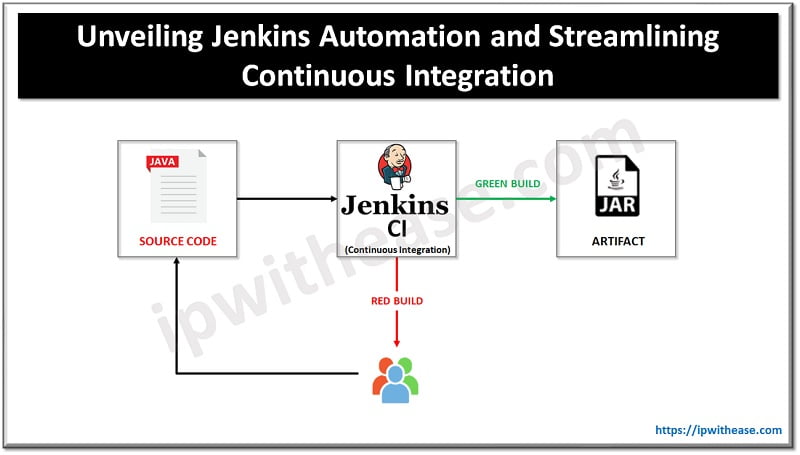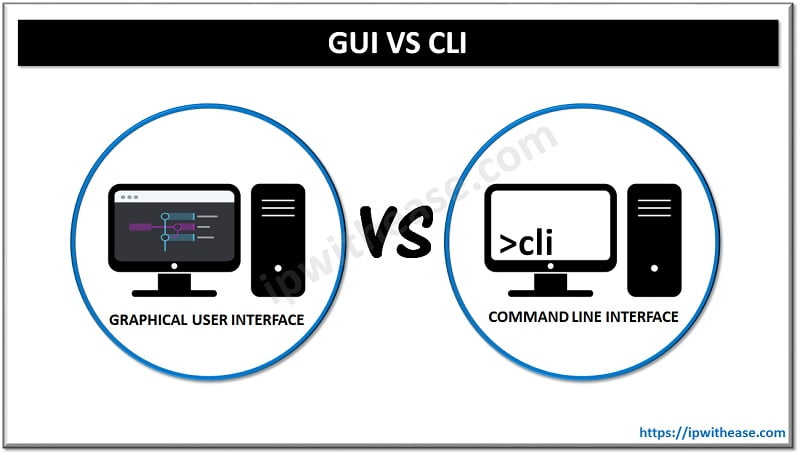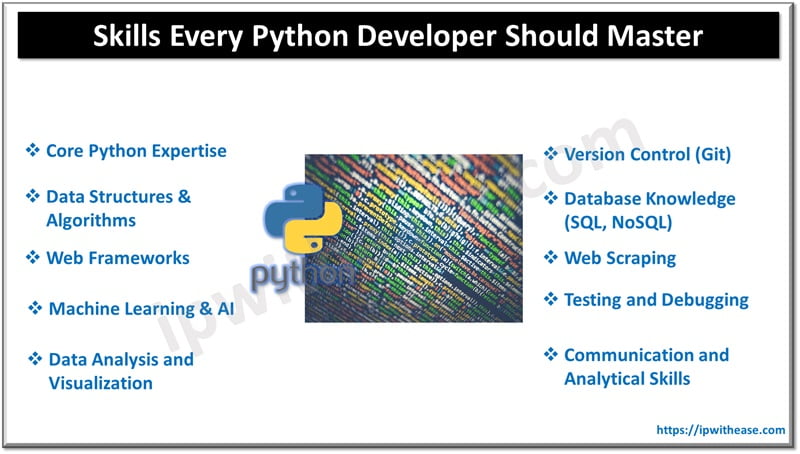Table of Contents
Retail has significantly transformed in recent years due to increasing digitization and retail software development. The rise of online shops has created a highly competitive environment where businesses must leverage retail software to remain relevant and thrive.
As we move into 2024, we must recognize the emerging trends in retail software that will shape the industry. Companies are interested in introducing new technologies, improving existing retail software solutions, automating processes, and expanding functionality.
Reducing manual labor, improving business analysis, and automation that requires intellectual work are key considerations for companies looking to optimize their retail processes. Some emerging trends in retail software include Product Information Management (PIM) systems, anti-fraud systems, logistics automation, warehouse management, ERP systems, CRM systems, and augmented reality.
The Importance of ERP Systems in Optimizing Retail Operations and Driving Success
ERP systems, in particular, are an essential tool for optimizing every part of the retail network. They consider the functions of different segments in the retail business and enable companies to connect with retail customers, inform them online, and manage a high level of service across all retail outlets.
Business decision optimization and customer satisfaction are key factors for ensuring high income in retail. ERP systems help companies automate the work of the central warehouse, work with suppliers, manage pricing processes, and handle financial management. They also help monitor the slightest fluctuations in consumer demand, enabling companies to make operational decisions that increase their income.
In conclusion, leveraging retail software development is crucial for businesses to remain competitive in today’s retail environment. By adopting emerging trends in retail development like ERP systems, companies can optimize their retail processes and achieve high levels of success.
In 2023, the world of retail will continue to evolve rapidly, with technology and software development driving much of the change. To stay competitive in this landscape, businesses must leverage retail software to streamline their operations and improve the customer experience.
Enterprise resource planning (ERP) systems are crucial for optimizing various retail industry segments, including the central warehouse, supplier management, pricing processes, and financial management. These systems are highly flexible and scalable, reducing development costs and offering a relatively short development time of up to six months.
CRM systems
Customer relationship management (CRM) solutions are also crucial for retail success, providing a centralized hub for managing customer interactions and building loyalty. A CRM system can help reduce inventory costs, improve customer service, and even reduce personnel expenses. Some CRMs, such as Microsoft Dynamics CRM, offer advanced analytics and reporting to fine-tune marketing campaigns and track sales data.
To thrive in the modern retail landscape, businesses must also embrace omnichannel retail software, allowing customers to place orders from anywhere worldwide and pay using various methods. This requires a 100% automated business with a streamlined online commerce system and robust inventory management processes.
Ultimately, the success of retail software in 2024 will depend on the expertise of IT teams and their understanding of the industry. By embracing these technologies and trends, businesses can stay ahead of the curve and provide exceptional customer experiences.
Augmented Reality – A Growing Trend in Retail for 2023
Technology constantly evolves in today’s retail industry, and more exotic technologies are finding their way into stores. One such technology is Augmented Reality (AR), which is becoming increasingly popular. Retailers use AR in interactive solutions like “smart mirrors” and virtual fitting rooms, allowing customers to see how clothes look on them without physically trying them on. This technology also creates three-dimensional models of clothes and body parameters that video cameras can scan.
As retailers compete for market leadership, they constantly introduce new technologies and optimize existing systems. Even small technological advancements can give a retail company a significant advantage over its competitors, leading to increased success.
Benefits of Retail Software Development in 2023
- Properly distributing funds is one of the most significant benefits of retail software. With software performing many tasks automatically, businesses can reduce staffing costs and eliminate the potential for human error. This automation also saves time and increases productivity, resulting in a significant return on investment.
- An automated buyer journey process leads to faster results and helps businesses track all customer interactions. It also provides in-time tips on necessary changes to enhance the customer experience.
- Marketing and advertising have become increasingly accessible with the extensive reach of potential customers. This widespread exposure can lead to increased sales, which is the ultimate goal of any retail business.
- Retail software ensures accuracy in transaction manufacturing, making payments and refunds more manageable and error-free. Data on all charges over a long period becomes easily accessible, providing valuable insights for business owners.
In addition to the benefits mentioned above, retail software development in 2023 offers several other advantages to businesses. For instance,
- It helps with inventory management by keeping track of stock levels, notifying the company when items are running low, and automatically placing orders with suppliers when needed. This feature ensures that businesses always have the right products in stock and can meet customer demand efficiently.
- Retail software also includes data analytics, which provides valuable insights into customer behavior, preferences, and trends. This information can help businesses make informed decisions about product development, pricing, and marketing strategies. It can also help companies identify improvement areas and make necessary changes to optimize their operations.
- Furthermore, retail software in 2023 offers enhanced security features to protect sensitive data such as customer information and financial records. This feature is essential in an age where cyber threats are increasingly prevalent, and businesses must take measures to safeguard their data.
- Another benefit of retail software development is its scalability. As businesses grow, they can quickly expand their operations by adding new features and functionalities to their software. This flexibility allows companies to adapt to changing market conditions and customer needs, ensuring long-term success.
- Finally, retail software allows businesses to provide better customer service by automating routine tasks and freeing staff to focus on more critical issues. This feature results in faster response times and improved customer satisfaction, increasing loyalty and repeat business.
In summary, retail software development in 2023 offers businesses numerous benefits, including improved efficiency, accuracy, security, and customer service. It also provides valuable insights into customer behavior and market trends, helping companies to make informed decisions and stay competitive in an ever-changing marketplace.
Conclusion
It is clear that there are many advantages to using retail software, and we have listed some significant trends of 2023 and their benefits.
Continue Reading:
Best Practices for Securing Customer Data on CRM Platforms
Monolithic vs Microservices: Which is Right for Your Enterprise?
ABOUT THE AUTHOR
IPwithease is aimed at sharing knowledge across varied domains like Network, Security, Virtualization, Software, Wireless, etc.



